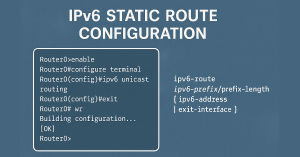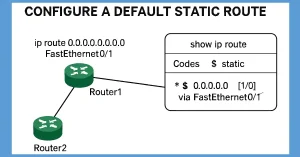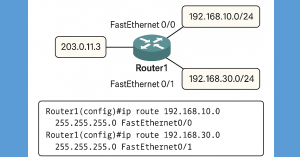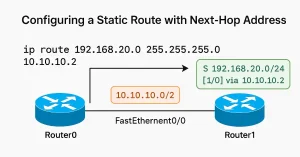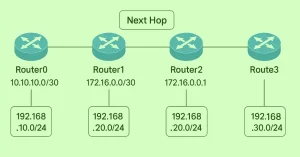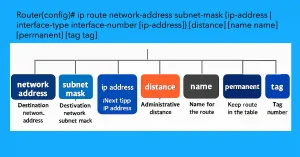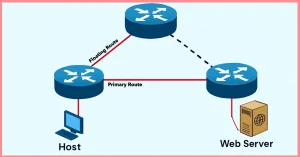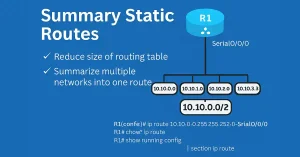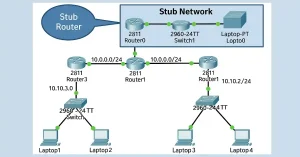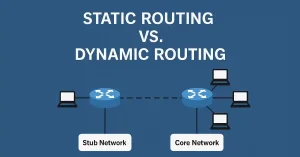What is IPv6 route Command? – Brief Explanation
If you learn how to configure a static route for IPv4, then you can easily configure and understand the static IPv6 routes. The configuration and syntax for IPv6 static routes are similar to IPv4 static routes. There is only a minor difference between IPv4 and IPv6 static routes. The static routes for IPv6 are configured using the […]

